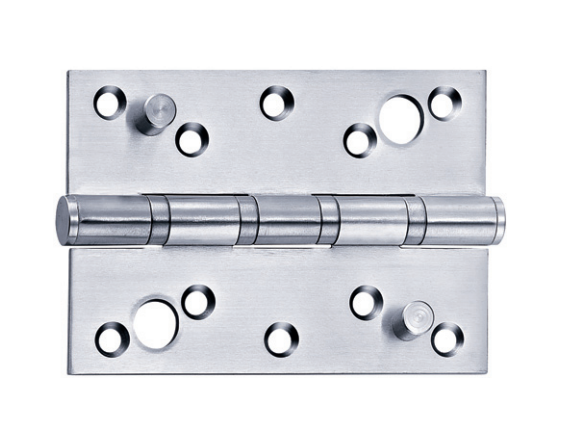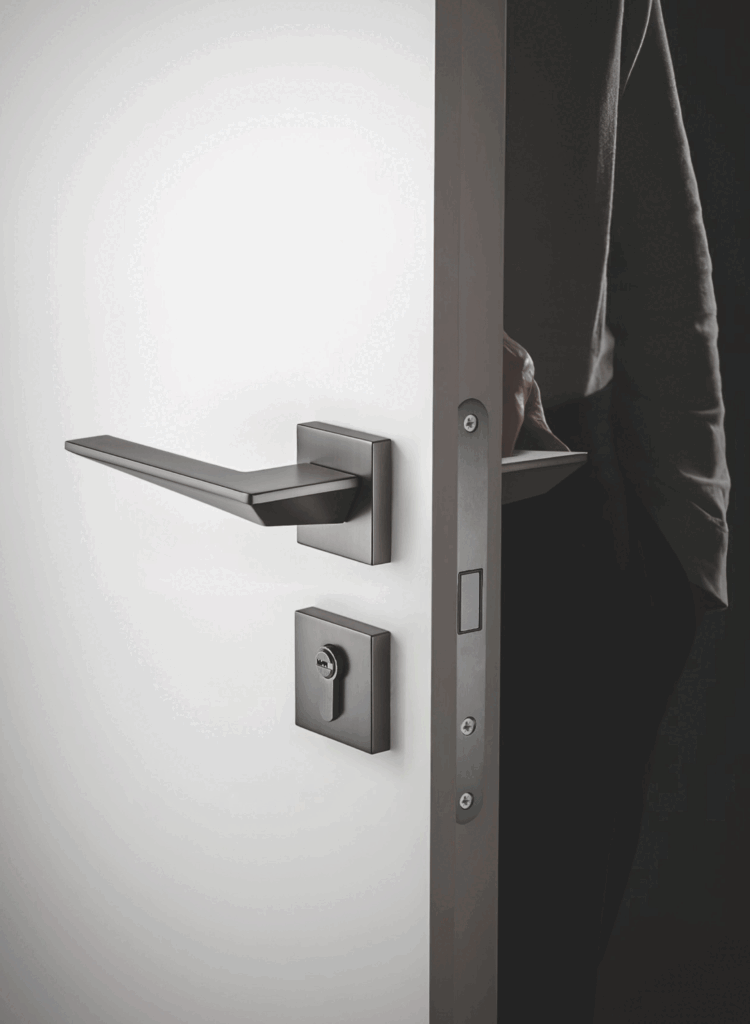Introduction: Importance of Hinges in Door Functionality
When it comes to door hardware, hinges might not get the spotlight, but they play a crucial role in ensuring the functionality and longevity of doors. The right hinge can affect everything from how smoothly a door opens to its overall security. With over 20 years in the door hardware industry, I’ve seen how selecting the appropriate hinge can enhance both residential and commercial projects. Let’s explore the different types of hinges available and how to choose the right one for your needs.
Types of Hinges
1. Butt Hinges

Butt hinges are the most common type used in residential and commercial doors. They consist of two plates (or leaves) that are attached to the door and the frame.
- Advantages:
- Versatile and easy to install.
- Available in various sizes and materials, including stainless steel and brass.
- Suitable for both interior and exterior doors.
2. Continuous Hinges

Also known as piano hinges, continuous hinges run the full length of the door. They provide uniform weight distribution, making them ideal for heavy doors.
- Advantages:
- Offers enhanced strength and stability.
- Minimizes sagging and misalignment over time.
- Available in various materials for different environments.
3. Concealed Hinges

Concealed hinges are hidden when the door is closed, providing a clean and streamlined appearance. These hinges are popular in modern design.
- Advantages:
- Aesthetic appeal without visible hardware.
- Can be adjusted to prevent wear and maintain alignment.
- Ideal for interior doors and cabinetry.
Best Applications for Each Type
Residential Use
- Butt Hinges: Ideal for standard interior and exterior doors in homes. They provide a reliable and functional option for everyday use.
- Concealed Hinges: Perfect for modern interior doors or cabinetry, where aesthetics are a priority. They offer a sleek look while maintaining functionality.
Commercial Use
- Continuous Hinges: Best suited for commercial doors that experience high traffic, such as in schools or hospitals. Their strength and durability make them ideal for heavy usage.
- Butt Hinges: Still a solid choice for many commercial applications, especially for standard office doors and partitions.
Specialized Applications
- Concealed Hinges: Often used in specialty applications, such as high-end furniture or custom cabinetry, where design is paramount.
- Continuous Hinges: Also used for exterior doors that require added security and durability, such as entry doors in public buildings.
Conclusion: Selecting the Appropriate Hinge for Optimal Performance
Choosing the right door hinge is essential for ensuring the smooth operation and longevity of your doors. Each type of hinge offers unique advantages and applications, making it crucial to assess your specific needs before making a decision.
At umaylock, we offer a diverse range of hinges designed for various applications, including butt hinges, continuous hinges, and concealed hinges. Our products are crafted to meet the highest quality standards, ensuring reliability and performance in every installation.
For more insights on hinge types and applications, visit the Door and Hardware Institute for comprehensive resources. Let us help you select the perfect hinge for your project, enhancing both functionality and aesthetic appeal!
Share This Story, Choose Your Platform!

